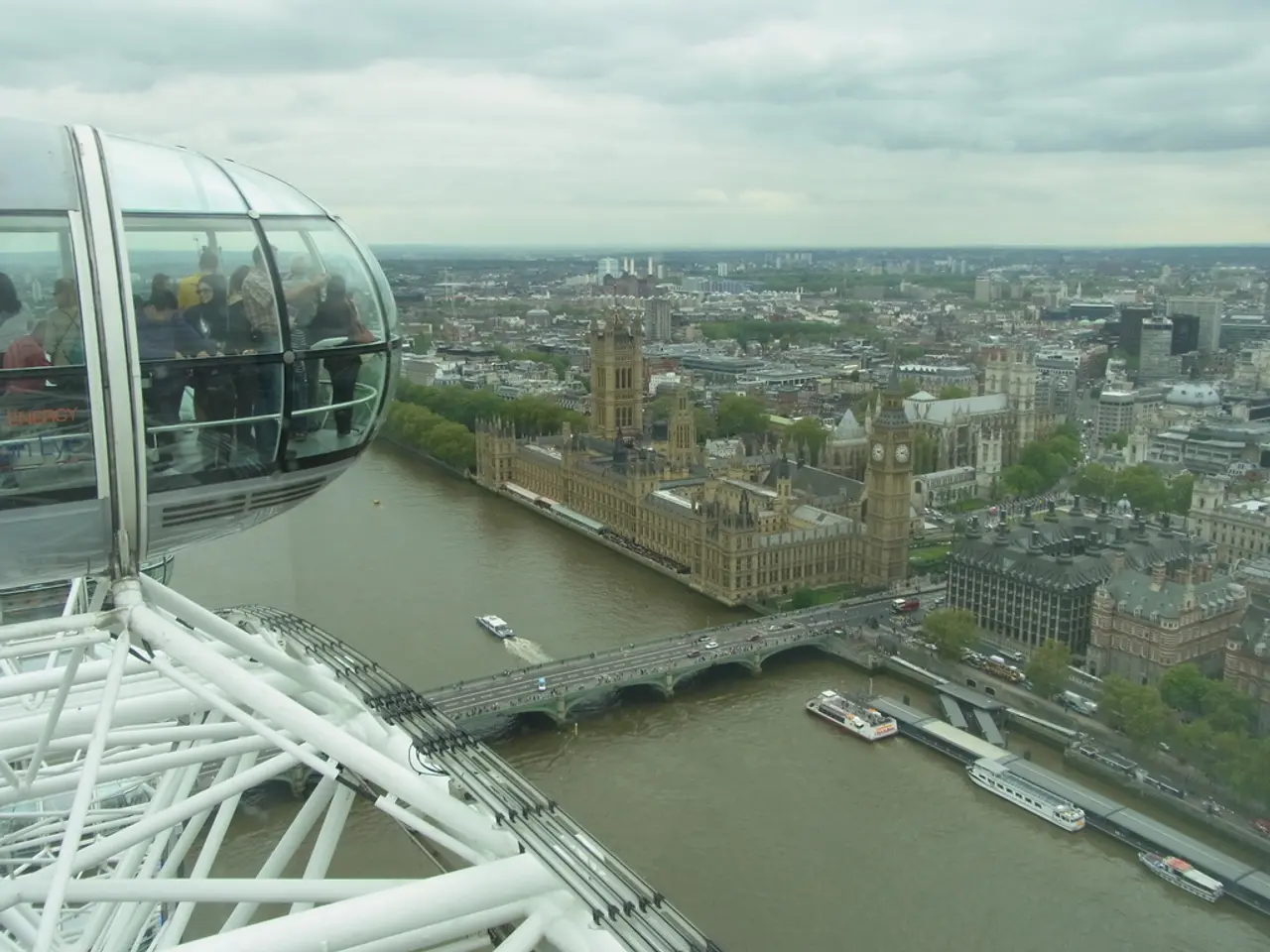Dependence of Western Defense Shifts Based on Trump's Mood Variability
In a nod to Edward Heath's 1975 speech, the political purpose of the European Community was emphasized, underscoring its role in preventing another conflict between France and Germany. This historical perspective resonates today as Europe undergoes a significant transformation in its defense posture.
The EU has approved an €800 billion defense package, ReArm Europe, aimed at boosting public defense spending by up to 1.5% of GDP over four years. A new €150 billion supranational borrowing scheme, SAFE, will invest in defense industries. NATO, too, has pledged to encourage European members to raise defense spending to 5% of GDP by 2035.
Yet, Europe still lacks a fully integrated defense policy or a standing European Army. Defense remains primarily a national competence, with NATO as the principal collective defense framework for most European countries. However, the ReArm Europe plan and political will signal a shift towards greater European strategic autonomy and military capability enhancement.
The idea of a European Army remains uncertain due to institutional and political challenges. Nevertheless, this coordinated effort to boost defense spending and capabilities represents the most ambitious step towards a more unified European defense posture in decades.
In the UK, attitudes towards defense have changed, as seen among new NATO members such as Sweden and Finland. The geopolitics of this are good for British business, as there is increasing recognition of the need to invest in defense capability and energy security.
Meanwhile, the UK government has an opportunity to build on its slow and tentative rapprochement with the European Union in regards to national and collective resilience. This principle, crucial for credible deterrence and defense in NATO, is vital to the organization's efforts to safeguard societies, populations, and shared values.
As Europe navigates these changes, the path towards a standing European Army remains uncertain, constrained by political and institutional hurdles. The current focus is on enhanced spending, capability development, and closer EU coordination within the NATO framework.
References:
- ReArm Europe
- NATO Defense Spending Pledge
- Europe's Defense Reboot
- Challenges to a European Army
- The ReArm Europe package, with its aim to boost defense spending and investment in defense industries, highlights Europe's strategy of strengthening energy security and policy-and-legislation in response to war-and-conflicts and political narratives.
- As Europe's defense posture transforms, fostering closer EU coordination within NATO and striving for a 5% defense spending target by 2035 (NATO Defense Spending Pledge), general-news outlets discuss the evolving politics of European security and the possibility of emerging as a more autonomous force, leading to potential challenges in the realm of policy-and-legislation.






